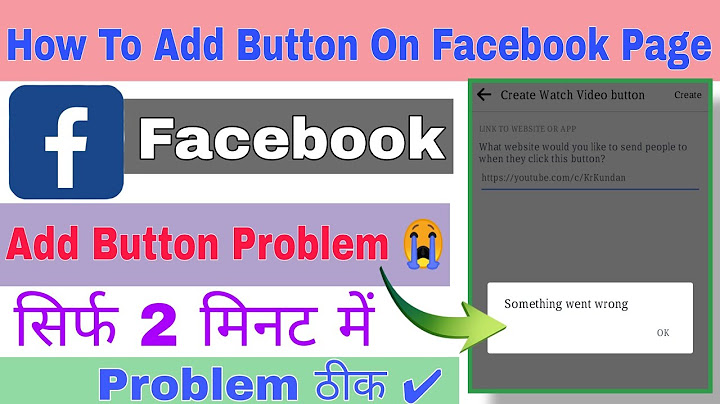Excel Sheet View is Microsoft’s fix for a problem when sharing an Excel list or table among many people. We’ll explain how it works and what’s happening behind the scenes. Show
A shared Excel list can be sorted or filtered in many different ways. It’s quite possible that two people can look at the same worksheet and filter it in conflicting ways at the same time. Sheet Views are different views of the same worksheet or tab. Collaborating users can select the a sheet view that suits them without affecting others.  Source: Microsoft The concept is sold as a way for different users to view the same list but it’s also convenient for solo users to save and quickly switch between alternative views of the same list. Sheet View is only available in Excel Online, the browser-based version of Excel and Excel 365 for Windows and Mac. The worksheet has to be saved on Microsoft cloud storage – OneDrive, SharePoint or Teams. Excel Sheet View is an excellent idea which appears to have been well thought out. Like many other collaboration features, Sheet View is also useful for individual, not shared workbooks. Your free and standby Microsoft Office alternative: Office Online Viewing onlySheet Views only isolate the way a list or table appears. Any changes to cell contents appear to everyone, probably within seconds. Starting with Sheet ViewSheet View is on the View tab and starts with a Default view.  Click on New to make a new Sheet View. The worksheet borders change color to indicate you’re in a View.  Change the sorting and filtering of the worksheet list or table. When a Sheet View is active, the worksheet tab gets a little ‘eye’ icon. Hover over that icon to see the Sheet View name.  Saving a Sheet ViewAll new Sheet Views are temporary but can be saved for future use.  Keep – saves the Sheet View but currently there’s no prompt for a name. All you get is ‘View1’ etc.  Name or Rename a Sheet ViewTo rename a Sheet View, click on Options then Rename,  Sheet View | Options is also where you can Duplicate a current Sheet View or Delete. On the Filter pull-downSheet View options also appear on the Filter & Sort pull-down list for any Table heading.  Select a current Sheet View, a new View or the Options list. Under the HoodIf you look inside the Excel .XLS file, there’s a new subfolder /xl/namedSheetViews with a namedSheetView1.xml file.  As you can see, there’s a new XML Schema for namedsheetviews . The details of each SheetView are saved in the XML file. How to share a single Excel worksheet How do you control different views of worksheet data?Close or switch between Sheet Views. To close a Sheet View and return to the default view, select View > Sheet View > Exit.. To switch between views, select View > Sheet View, and then select your view from the Sheet View menu.. What are the different ways of viewing your Excel worksheet?Excel offers three different workbook views: Normal, Page Layout and Page Break Preview.
What are the 5 types of views available in spreadsheet?In this article:. Views Overview 1.. Creating and Managing Views 2.. Sheet Views 3.. Kanban Views 4.. Form Views 5.. Gantt Views 6.. Calendar Views 7.. What are different methods of selecting data in the worksheet?To select all cells on a worksheet, use one of the following methods:. Click the Select All button.. Press CTRL+A. Note If the worksheet contains data, and the active cell is above or to the right of the data, pressing CTRL+A selects the current region. Pressing CTRL+A a second time selects the entire worksheet.. |

Pos Terkait
Periklanan
BERITA TERKINI
Toplist Popular
#1
#2
#3
#4
#6
#8
#9
Periklanan
Terpopuler
Periklanan
Tentang Kami
Dukungan

Copyright © 2024 adaberapa Inc.


















